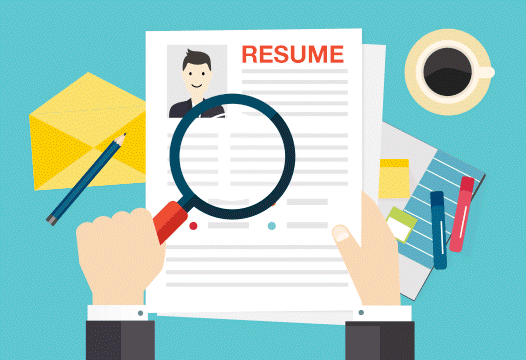Everything in a person should be fine, or how to choose a photo for a resume
It is customary in the market to show goods by face. What about the labor market? Should you include a photograph on your resume? And if so, what should it be?
For your resume photo to add points for you in employment, read щгк recommendations.
Who can not do without a photo in their resume
According to the Research Center of the recruiting portal, the majority of recruiters (88%) consider all resumes coming to them – with or without photographs. Only 4% of HR managers do not open resumes without a photo, and in 7% of companies resumes without a photo are accepted only from applicants for certain positions.
Thus, when looking for a job, it is quite possible to do without a photo, unless, of course, you are applying for positions where appearance is more or less important. These include the vacancies of photo models and fashion models, TV presenters, actors, promoters, secretaries, sometimes – account managers, PR-managers, etc.
Yet the majority of employers (71%) are sure that that a good resume photo helps a lot in finding a job. At the same time, 34% of recruiters believe that a good photo can help any applicant, and 37% – only applicants for positions where appearance matters.
![Free Resume Templates [Download]: How to Write a Resume in 2020 - Training.com.au](https://franksresume.com/wp-content/uploads/2021/02/Resumes-The-Ultimate-Guide_Feature.png)
Of course, a photo is unlikely to play a key role in considering your candidacy: experience, knowledge, and skills are definitely more important than correct facial features, and all recruiters emphasize this. But photography is quite capable of distinguishing you from many other applicants, drawing attention to your candidacy. The HR manager sometimes interviews dozens of times to find the right candidate, and the picture attached to your CV will surely help him remember who he had such a productive conversation with last week.
But for photography to work for you, not against you, you need to choose the right shot. Indeed, according to experts, an incorrectly chosen photo can negate the impression of even the best resume. Conversely, an open, benevolent, and friendly face in the picture in some cases can enhance the impression that a candidate has after reading his CV. At the same time, to take a suitable photo, you do not need to have stunning external data.
Choosing the right photo
How to choose a photo for your resume? In order not to lose face, it is enough to follow a few simple rules.
The situation in the photograph and your appearance should be working and characterize you as a specialist. If you are applying for an office position (manager, clerk, head of the department, top manager, etc.), then it is better to take a picture in the office, in business attire – so that the employer can represent you at work. You should not pose in full growth, it is better to focus on your face because it is it that best reflects your character.
However, photography in a business setting does not always mean a formal suit, tie, and office walls. If you are applying for a creative position – for example, journalist, singer, designer, radio host, etc., your photo must be appropriate. Why not present to a potential employer, for example, footage of your speech or broadcast? The main requirement: no matter how creative the situation in the shot, your face should still be the center of attention.

But photographs “like a passport” will hardly help you to impress an employer. The face on them, of course, is visible, but the person’s charm remains behind the scenes. Meanwhile, it is precisely a disposing smile that is the main decoration of a photograph attached to a resume.
Another requirement for CV images is good quality. A photo taken carelessly is more likely to confuse the recruiter than add points to you.
How not to do it
Finally, a few words about what should never be a photo for a resume. First of all, avoid an overly informal setting in the frame. An applicant for the position of chief accountant, filmed at home with a cat in his hands, is likely to lose in the eyes of the employer, even if his resume is of interest to the company. Therefore, do not accompany the description of your career with photographs taken at home, in nature, on the beach (unless, of course, you are a lifeguard), or with animals (unless you are a veterinarian).
Be careful with your clothes. Take photos of what is recommended to go to interviews. Obviously, open tops and tops are not the best choices if your goal is to please the employer.
No matter how proud you are of your figure, you don’t need to take a full-length photo, unless, of course, you are looking for a job as a fashion model. This distracts attention from the face and switches it to interior details and clothing. Never send your employer group photos with a caption like “I’m third from the left in the middle row.” Such an attachment to the resume may well cause the recruiter to doubt your adequacy, even if the resume interests him.
Finally, avoid the appearance of all kinds of brands and logos in the frame, because you are trying to “sell” yourself, and not emphasize achievements company where they once worked. Experts recommend: if you are in doubt about whether you have chosen a good photo for your resume, you better take your time to submit it. After all, the task of photography is to add your chances of successful employment, not reduce them.


Leave a Reply